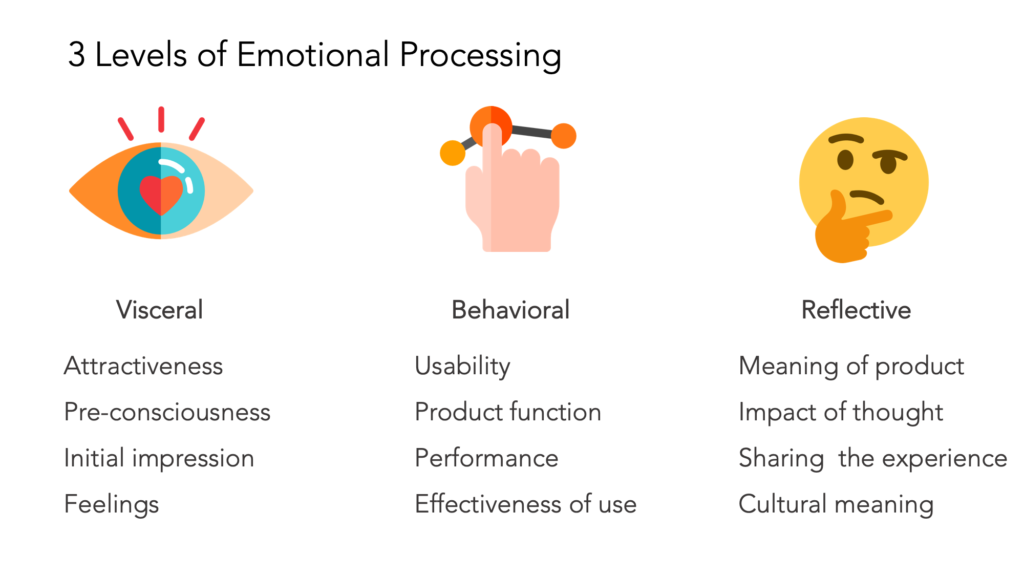The principles of persuasive design are grounded in psychology and sociology. This way of influence works not only in user interface designs or commercials but also in ethical questions. Persuasive design is based on human habits and actions, offering a guide to the way in which people act. This guidance is applied in many different design disciplines, to bring users to a certain goal, which has to always indicate goodwill, not making them do something they won’t do. Examples of positive nudging are the reduction of animal-based food, engaging people to do sports, or guiding people to reduce or stop smoking. The nudging theory is based on cognitive biases, motivation, and a positive drive. Nudges are generally described as cost-efficient actions, that still leave the user to their freedom of choice but indicates an influenced push into a certain direction.
Next to all the positive effects nudging and persuasive design can achieve, it’s also easily possible to turn the principle around and influence consumers in a negative and unethical way. This is the case if the nudge won’t give the user/consumer the freedom of choice or influence to do something that’s negative. An example of a negative nudge is the candy bar near the cash register in every supermarket. It influences people to buy unhealthy snacks last minute, so most of the time they can’t rethink their choice and make an unplanned purchase. In this case, the nudge is negative for the consumer, but positive for the providing company.
To avoid misuse it’s important that the indicator of the nudge keeps a transparent role. As nudging or persuasive design has positive and negative effects it’s always important as a designer to reflect on who the nudge will target and what the outcome will be.
www.effectiviology.com/nudge/
www.uxdesign.cc/persuasive-design-nudging-users-in-the-right-direction-5af4a6f8c06f
www.medium.com/better-marketing/nudging-vs-covert-persuasion-are-your-marketing-tactics-ethical


